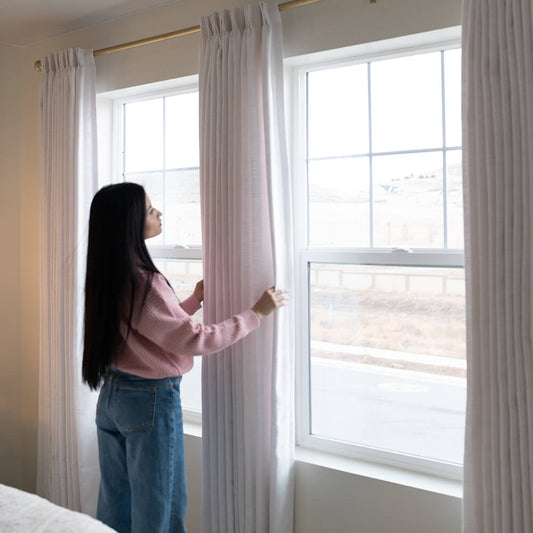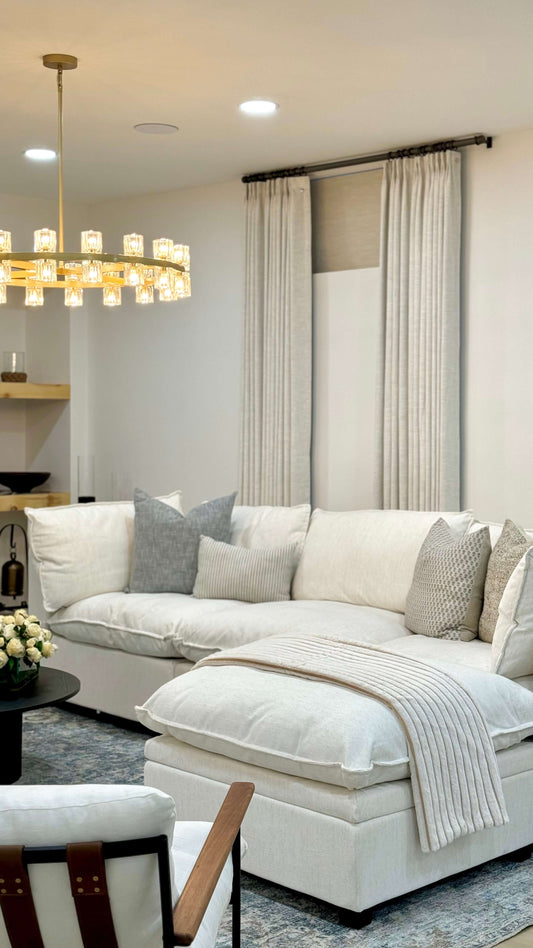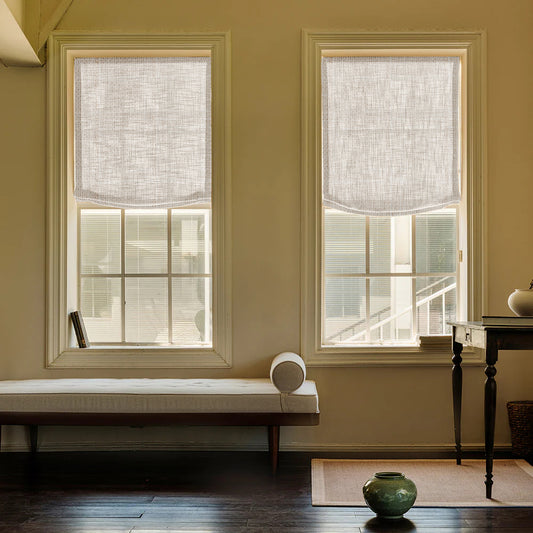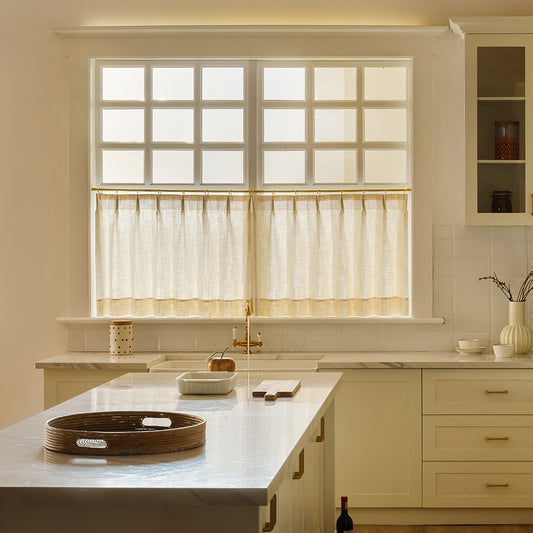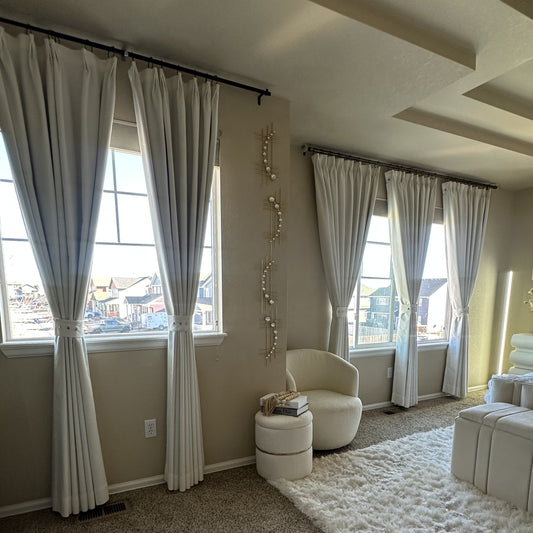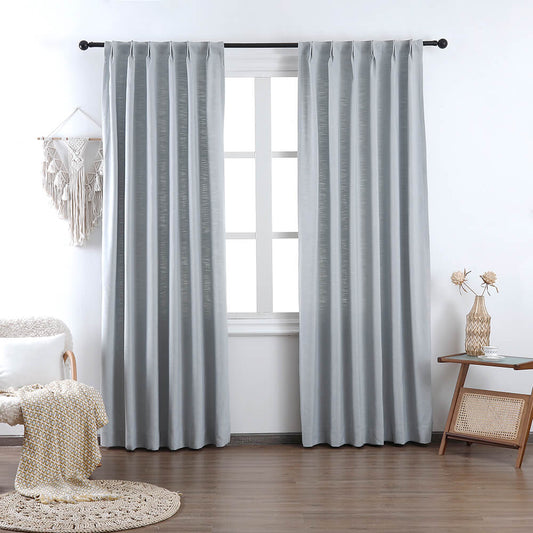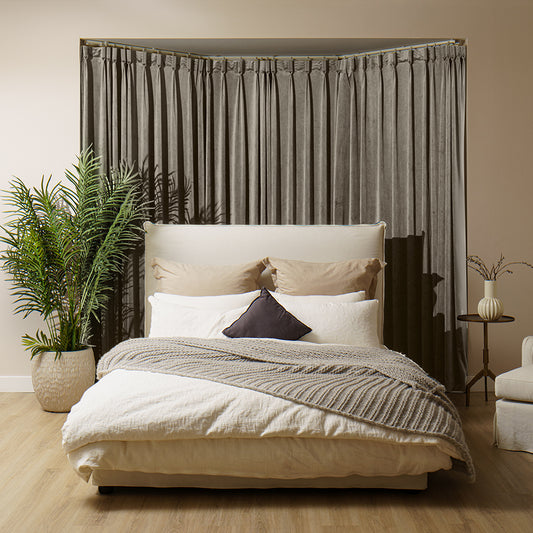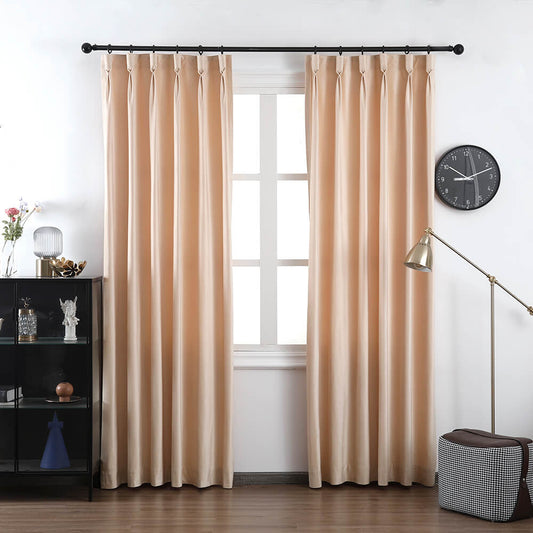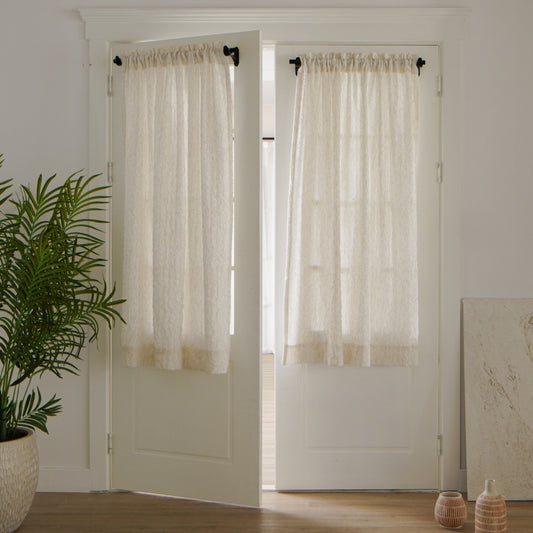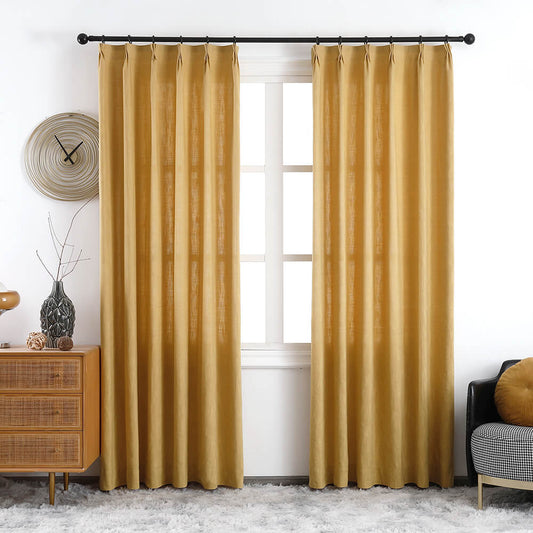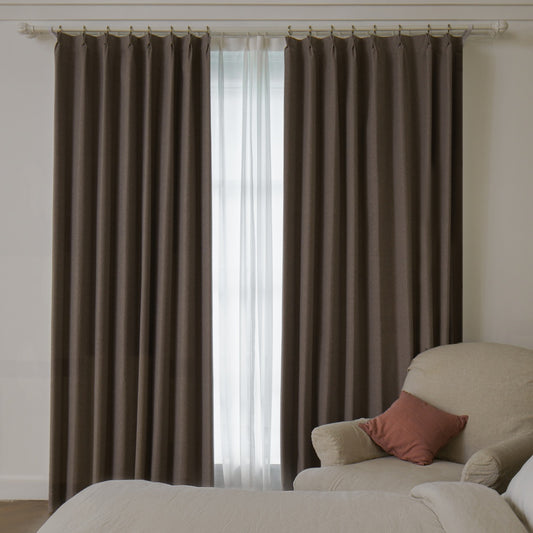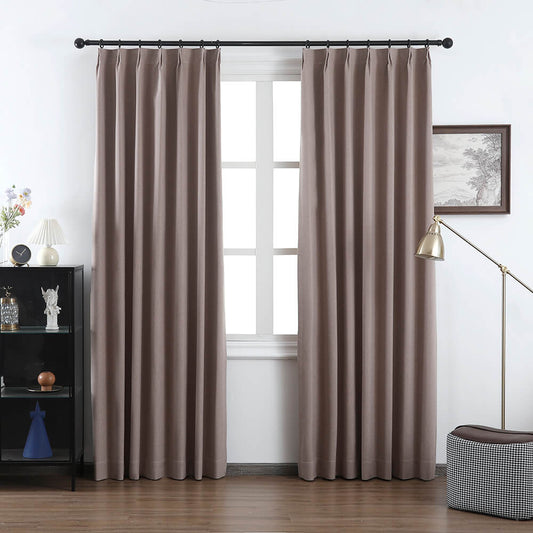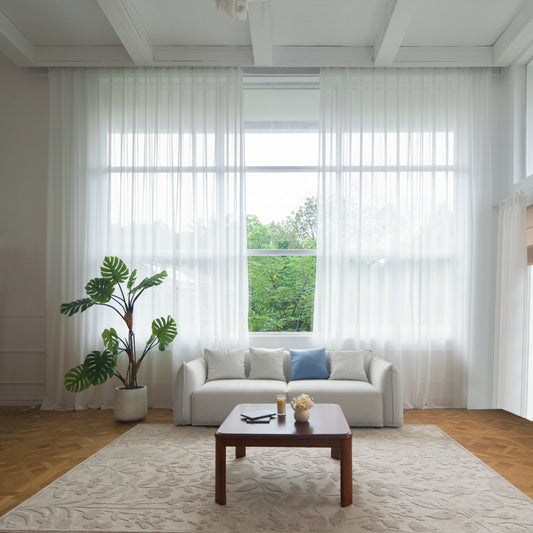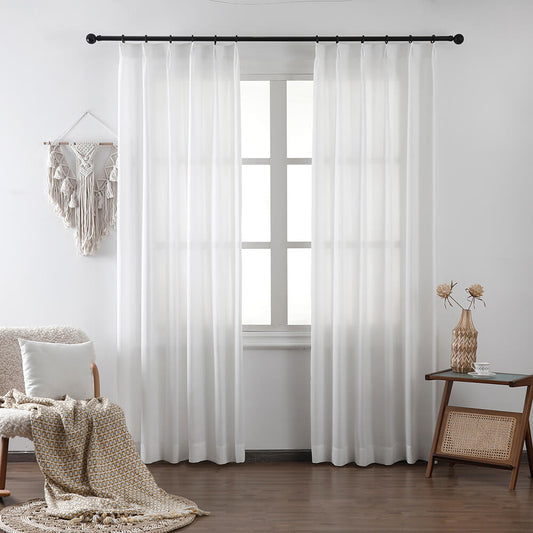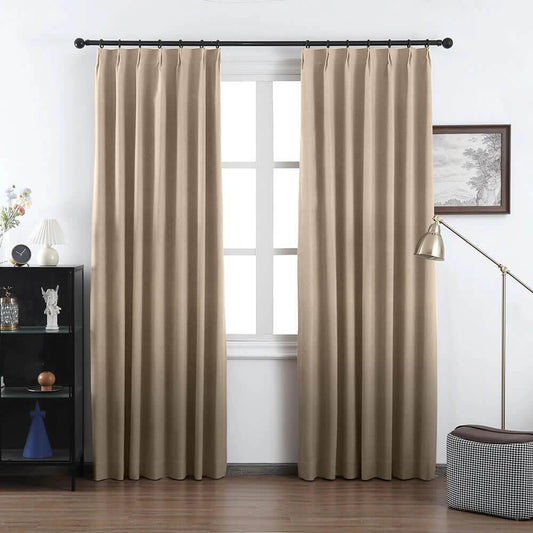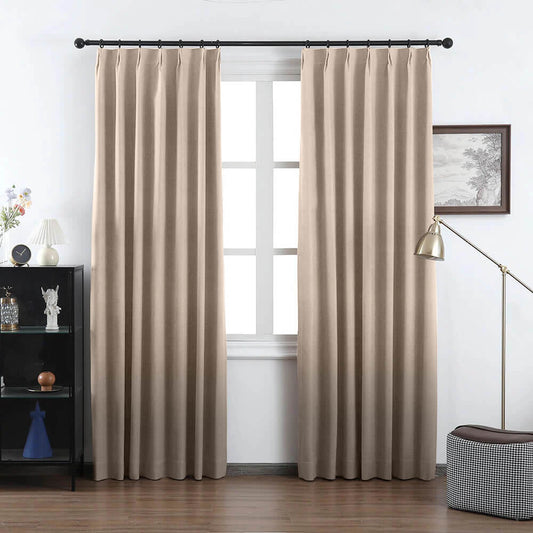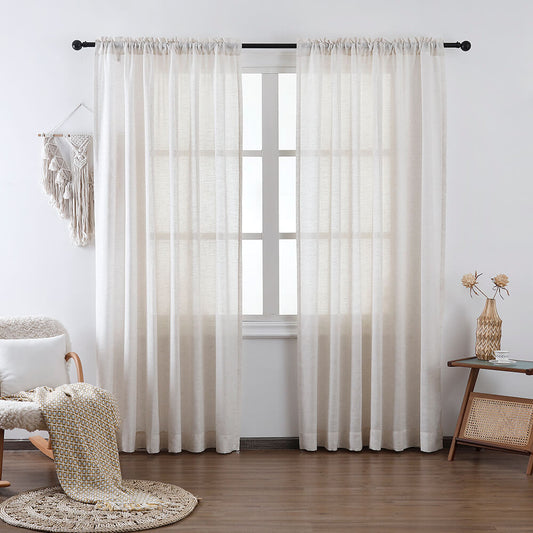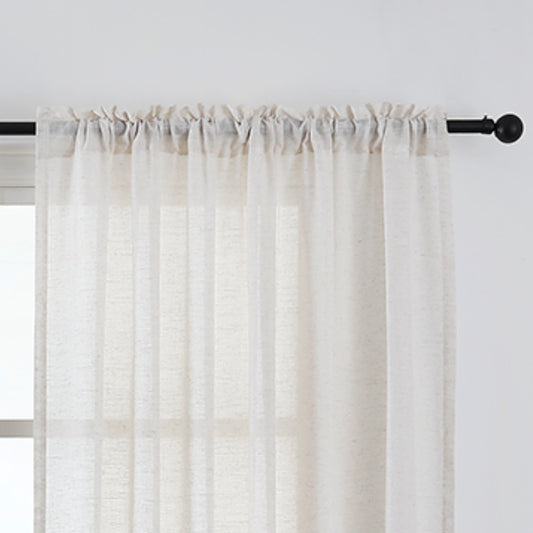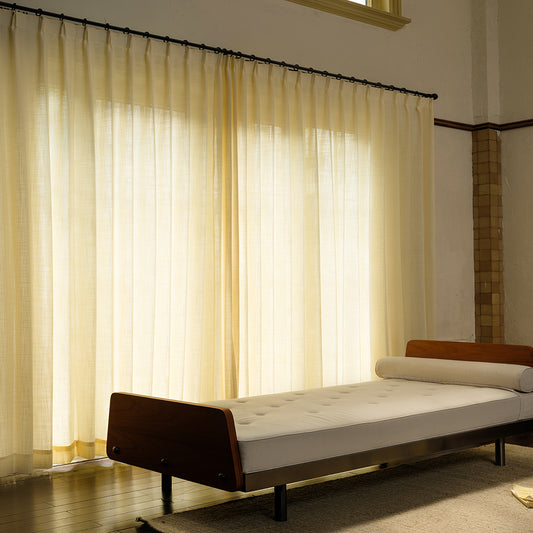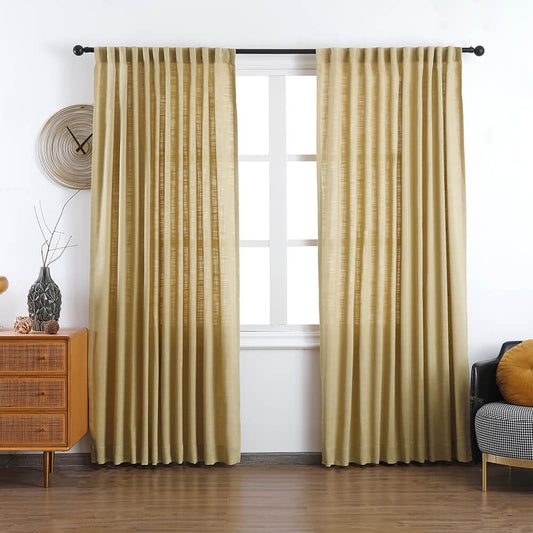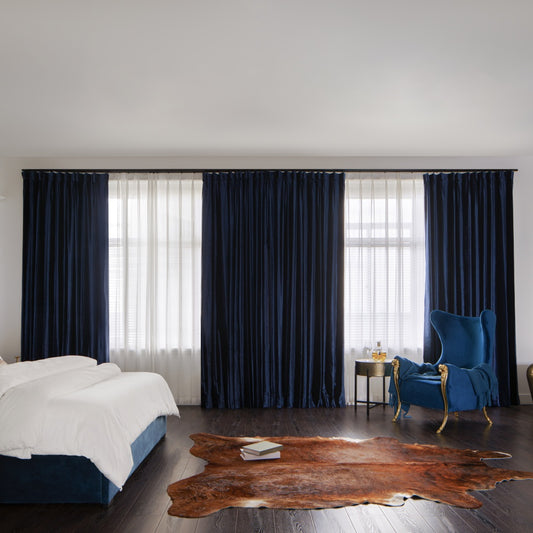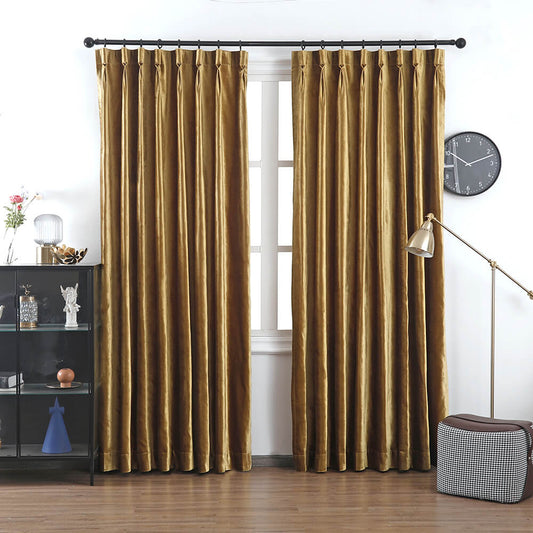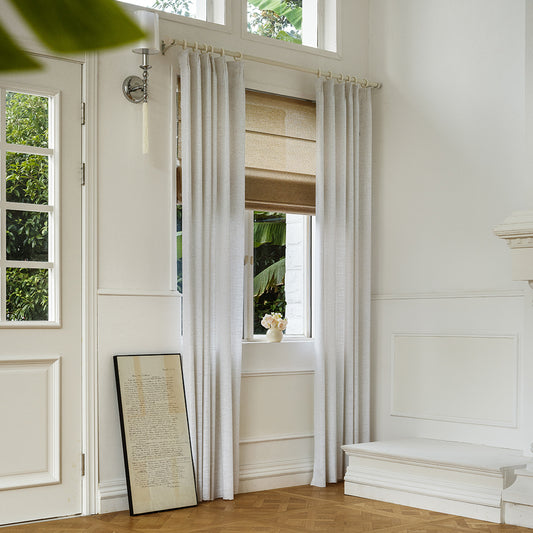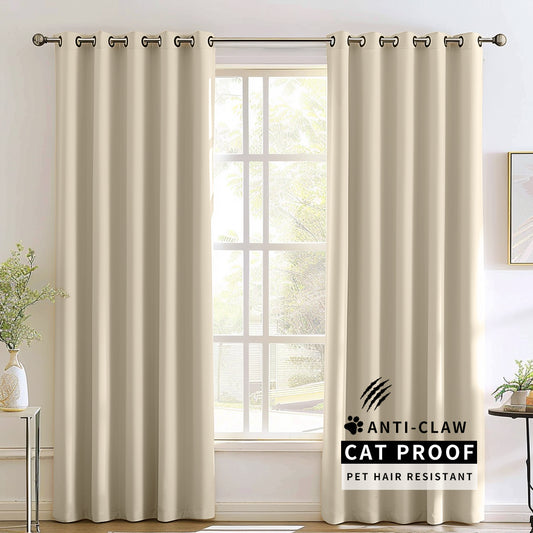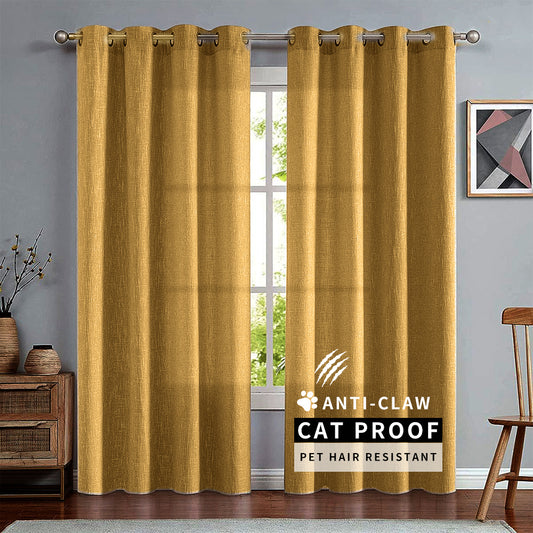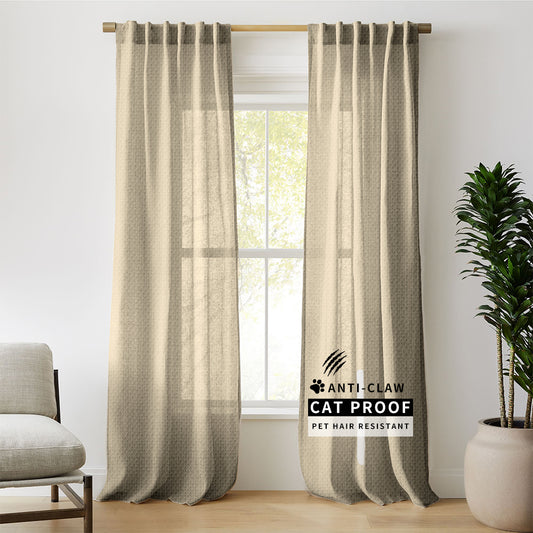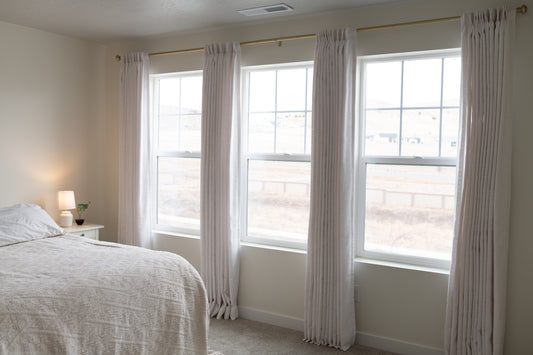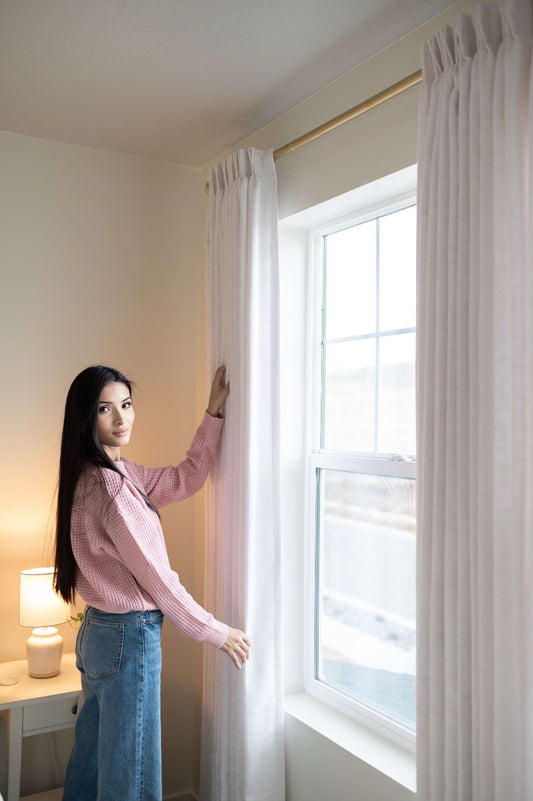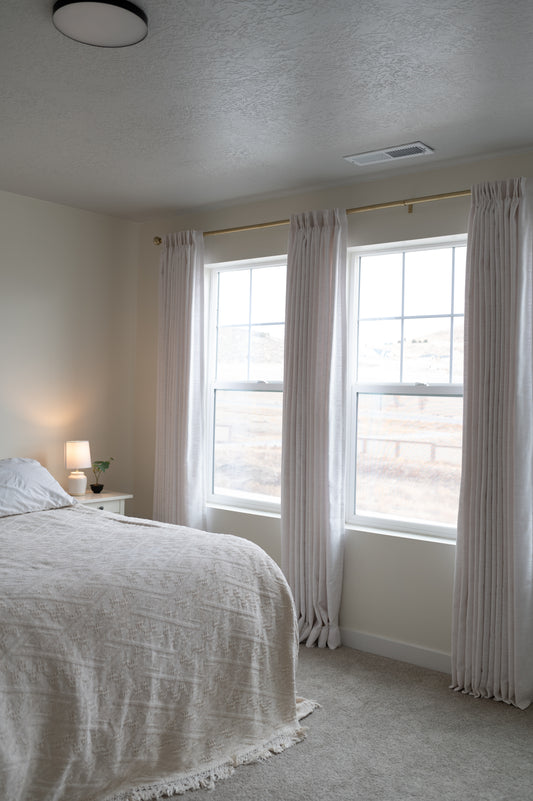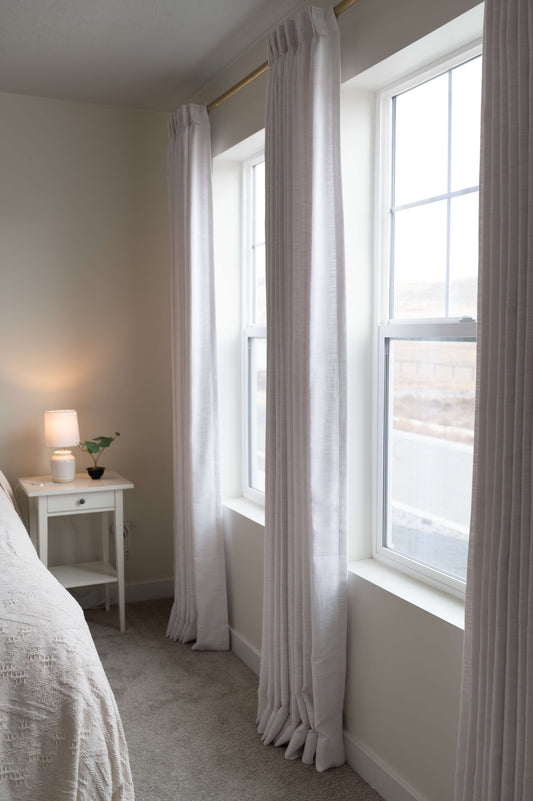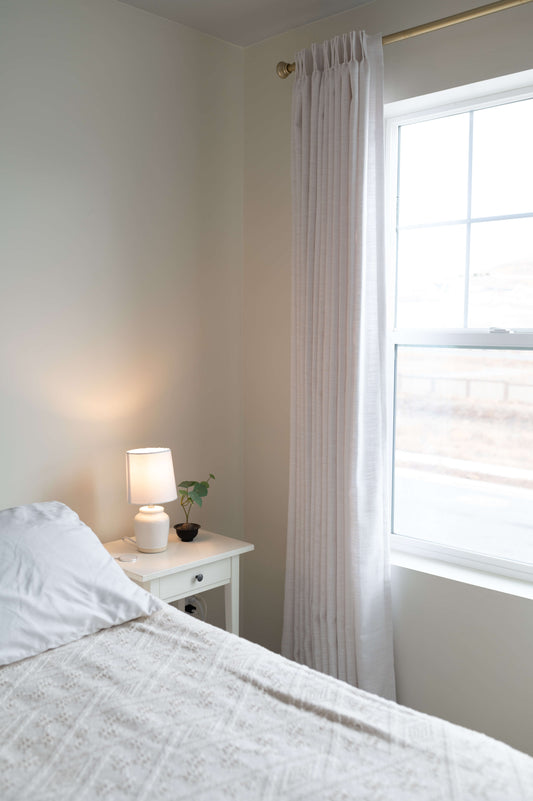Boost Retail Appeal: Custom Curtains for Shopping Malls
In today’s competitive retail landscape, shopping malls are evolving beyond mere commercial spaces; they are designed to provide immersive experiences that captivate and engage visitors. One of the most overlooked yet impactful design elements is the use of custom curtains. As a functional and aesthetic upgrade, custom curtains offer a range of benefits—from managing light and sound to improving energy efficiency and safety. For curtain dealers and distributors seeking innovative products, understanding these advantages can help tap into a thriving market segment and generate quality inquiries.
Custom curtains in shopping malls are not just decorative accessories; they represent a strategic investment that enhances the overall environment. With a tailored approach to design, these curtains can transform sterile corridors into vibrant spaces, promote a comfortable atmosphere, and even contribute to the mall’s sustainability goals. This article explores the multifaceted benefits of custom curtains in shopping mall settings, diving deep into design innovations, practical considerations, and economic impacts. Retail professionals will find valuable insights into how these window treatments can drive customer satisfaction and elevate brand image, making them a smart addition to any modern shopping complex.

Body
1. Innovative Design Solutions with Custom Curtains
Custom curtains allow for endless creativity and design flexibility, offering shopping malls an opportunity to break away from cookie-cutter aesthetics. Unlike off-the-shelf solutions, tailor-made curtains can be designed to match the unique architectural features and thematic requirements of any mall.
- Creative Expression: Custom curtains enable designers to experiment with textures, patterns, and colors that resonate with the mall’s overall visual identity. Whether the goal is to create a modern, minimalist look or evoke a sense of luxury and tradition, custom fabrics and designs can be aligned with any creative vision.
- Bespoke Fabrication: Working with manufacturers who understand the dynamics of high-traffic retail environments allows for the development of durable, high-performance textiles that meet both aesthetic and functional criteria. This bespoke process ensures that the final product is optimized for the mall’s unique requirements.
By integrating custom curtains into the design, shopping malls can create a distinctive ambiance that not only impresses visitors but also reinforces the mall’s brand narrative. The ability to merge art with functionality makes custom curtains a pivotal design element in modern retail spaces.
2. Custom Curtains for Light and Heat Management in Shopping Malls
One of the primary functions of custom curtains in shopping malls is the control of natural light. Effective light management can dramatically alter the ambiance of a space, influencing both mood and energy consumption.
- Dynamic Light Control: Custom curtains offer the flexibility to modulate natural light, ensuring that indoor spaces remain inviting and comfortable throughout the day. By adjusting the opacity and texture of the fabric, malls can create different moods—from bright and airy during daytime shopping to cozy and subdued during evening events.
- Heat Regulation: In addition to managing light, custom curtains help in regulating heat gain from the sun. The strategic use of thermal fabrics can reduce the need for excessive air conditioning, leading to significant energy savings. This dual functionality of controlling both light and temperature is especially beneficial in large, open retail environments where climate control is a constant challenge.
- Visual Comfort: Glare reduction is another important aspect. By diffusing harsh sunlight, custom curtains protect sensitive retail displays and ensure that visual merchandising remains appealing to shoppers.
This light and heat management not only elevates the shopping experience but also contributes to a mall’s overall sustainability initiatives, making it a cost-effective investment for property managers and owners.

3. Enhancing Energy Efficiency: Custom Curtains in Retail Settings
Energy efficiency is a growing priority for shopping malls as they seek to reduce operational costs and environmental impact. Custom curtains play a significant role in achieving these goals.
- Thermal Insulation: High-quality custom curtains are designed with advanced insulating materials that help maintain indoor temperatures. This minimizes heat loss during colder months and reduces heat gain during the summer, leading to a more consistent climate control system.
- Energy Savings: By reducing reliance on HVAC systems, malls can achieve measurable energy savings. This is particularly important for large retail spaces where energy costs can be substantial. The cost-effectiveness of custom curtains as an energy solution adds to their appeal as a smart investment.
- Environmental Impact: Beyond the immediate financial benefits, the use of energy-efficient window treatments contributes to the mall’s overall green credentials. As consumers become more environmentally conscious, shopping malls that adopt sustainable practices are likely to see increased patronage.
For dealers and distributors, promoting custom curtains as a tool for energy efficiency can be a persuasive selling point, aligning with broader trends toward sustainable design in commercial properties.
4. Noise Reduction Strategies: Custom Curtains in Busy Shopping Malls
Shopping malls are bustling environments, and excessive noise can detract from the shopping experience. Custom curtains provide an effective solution for managing acoustic challenges.
- Acoustic Benefits: Custom curtains made from dense, sound-absorbing fabrics can significantly reduce ambient noise levels. This is particularly beneficial in areas where loud background music or the chatter of crowds might otherwise disrupt the shopping experience.
- Enhanced Shopper Comfort: By mitigating echo and reducing external noise, these curtains create a more serene environment that encourages leisurely browsing and extended visits. This improvement in acoustic quality can also enhance the perception of quality within the mall, leading to higher customer satisfaction.
- Flexible Solutions: Custom curtains can be engineered with layers or additional linings specifically designed to optimize sound absorption. This flexibility ensures that even in the most challenging acoustic environments, the solutions are both effective and aesthetically pleasing.
In a retail context, creating a calm and controlled atmosphere is critical. Distributors can highlight the noise reduction capabilities of custom curtains as a unique advantage in a market where ambiance directly influences consumer behavior.
5. Safety and Regulatory Compliance with Custom Curtains in Retail Spaces
Safety is paramount in high-traffic public areas such as shopping malls. Custom curtains must adhere to rigorous safety standards and regulations, ensuring they are both beautiful and compliant.
- Flame Retardant Fabrics: Many custom curtains are available with flame retardant properties. This is essential for meeting local fire codes and protecting both shoppers and staff in the event of an emergency.
- Durability and Reliability: Shopping malls require products that are not only stylish but also robust enough to withstand daily wear and tear. Custom curtains are manufactured with materials that offer exceptional durability while maintaining their aesthetic appeal.
- Ease of Maintenance: Safety is also linked to hygiene and maintenance. Custom curtains designed for retail environments often feature easy-to-clean fabrics that help maintain a high standard of cleanliness, an important consideration in crowded public spaces.
- Regulatory Adherence: Manufacturers of custom curtains are well-versed in the compliance requirements of various jurisdictions. By choosing products that meet these stringent standards, shopping mall management can ensure a safer environment for all.
Emphasizing safety and compliance can reassure mall operators and encourage them to invest in custom solutions that meet both design and regulatory demands.

6. Tailored Aesthetics: Custom Curtains Reflecting Mall Themes
The visual appeal of shopping malls is a critical factor in attracting visitors and encouraging longer stays. Custom curtains offer a unique opportunity to integrate tailored aesthetics into the overall design.
- Theme Integration: Whether a mall’s design is ultra-modern, classic, or eclectic, custom curtains can be designed to complement and enhance the theme. Specific fabrics, colors, and patterns can be chosen to reflect the unique character of each retail space.
- Brand Storytelling: Custom window treatments can serve as an extension of the mall’s narrative. By incorporating subtle design elements that resonate with the mall’s story, these curtains become more than just functional items—they become an integral part of the overall branding strategy.
- Versatility in Design: With advancements in textile technology, custom curtains now offer a wide array of design possibilities. From intricate patterns that evoke luxury to minimalist designs that suggest modernity, the choices are nearly endless. This versatility ensures that every shopping mall can find a solution that aligns perfectly with its identity.
For dealers and distributors, showcasing a diverse portfolio of customizable options can attract a broad spectrum of clients looking for innovative and tailored design solutions.
7. Installation and Maintenance Considerations for Custom Curtains
Beyond the initial design and aesthetic appeal, the practical aspects of installation and maintenance are key to the long-term success of custom curtains in shopping malls.
- Professional Installation: Expert installation is critical to ensuring that custom curtains perform optimally. This includes precise measurements, secure mounting, and integration with existing interior design elements. Professional installation services can prevent common issues such as improper fitting or premature wear.
- Maintenance Protocols: Custom curtains designed for shopping malls are built to last, but they still require regular maintenance. Manufacturers often provide specific cleaning and upkeep guidelines that help preserve the fabric’s quality and appearance over time.
- Service Agreements: For mall operators, having a clear service and maintenance agreement in place with the supplier can provide peace of mind. Such agreements typically cover routine cleaning, repairs, and replacements, ensuring that the custom curtains remain in top condition year after year.
- Cost Efficiency: While the initial investment in custom curtains may be higher than standard options, the long-term benefits—including reduced maintenance costs and extended product life—make them a cost-effective solution in the long run.
Understanding the practicalities of installation and maintenance can help distributors articulate the full value proposition to potential clients, highlighting both aesthetic and functional benefits.
8. The Economic Impact: ROI of Custom Curtains in Shopping Malls
Investing in custom curtains is not merely a design decision; it is a strategic economic move. The return on investment (ROI) for custom curtains can be substantial, especially when considering long-term operational benefits.
- Increased Foot Traffic: A visually appealing environment encourages shoppers to spend more time in the mall. Enhanced ambiance directly correlates with increased foot traffic, which in turn boosts sales for retail tenants.
- Energy Cost Reduction: As discussed earlier, custom curtains contribute to significant energy savings. By reducing reliance on artificial lighting and climate control systems, malls can lower their operating expenses—a benefit that quickly offsets the initial investment.
- Enhanced Tenant Retention: A well-designed, comfortable shopping environment makes tenants more likely to renew their leases. Retailers value spaces that not only attract customers but also provide a pleasant working environment.
- Marketing Leverage: The integration of custom curtains into the mall’s design can be a powerful marketing tool. Malls that invest in unique, high-quality aesthetics are often featured in design magazines and online platforms, driving additional interest and creating a buzz that attracts new business opportunities.
For distributors, presenting detailed ROI case studies and financial analyses can help convince potential clients of the long-term economic benefits that custom curtains offer.
9. Emerging Trends in Custom Curtain Designs for Shopping Malls
The field of custom curtain design is continuously evolving, with new technologies and trends emerging to meet the changing needs of retail spaces.
- Smart Fabrics and Automation: One of the most exciting trends is the integration of smart technology into custom curtains. Automated systems allow for remote control of curtain movements, light adjustments, and even temperature regulation. This innovation not only improves user experience but also contributes to energy savings.
- Sustainable Materials: As environmental concerns continue to grow, there is a rising demand for eco-friendly fabrics. Many manufacturers are now offering custom curtains made from recycled or sustainably sourced materials. This trend appeals to both mall operators and consumers who prioritize sustainability.
- Customization at Scale: With advancements in digital printing and fabric technology, it is now possible to produce highly customized curtain designs quickly and at scale. This flexibility means that even large shopping malls can enjoy unique, bespoke designs without facing prohibitive costs or long lead times.
- Integration with Interior Technology: The future of custom curtains may see further integration with other interior design elements, such as lighting systems and digital displays. Such convergence can create dynamic environments where curtains adjust in real-time to changing conditions, enhancing both aesthetics and functionality.
- Focus on Health and Hygiene: In response to heightened awareness of public health, manufacturers are exploring fabrics with antimicrobial properties. Custom curtains that resist the buildup of bacteria and allergens offer an additional layer of comfort and safety in high-traffic areas.
Distributors and dealers should stay abreast of these trends to ensure that they can offer the latest innovations to clients, reinforcing the competitive edge of custom curtains in modern retail design.
10. Case Studies: Custom Curtains in Successful Shopping Mall Renovations
Real-world examples provide compelling evidence of the transformative power of custom curtains in shopping malls. Here are several case studies illustrating successful implementations:
- Urban Lifestyle Center: A multi-level urban shopping center incorporated custom curtains throughout its common areas and retail corridors. The curtains were designed with a combination of thermal and acoustic fabrics that reduced energy costs and minimized ambient noise. As a result, the center reported increased customer dwell time and improved overall tenant satisfaction.
- Regional Shopping Complex: In a renovation project for a large regional mall, custom curtains played a pivotal role in unifying disparate architectural elements. The designers employed vibrant, patterned fabrics that echoed the mall’s cultural heritage while also providing excellent light control. The project not only enhanced the mall’s visual appeal but also contributed to a more energy-efficient environment, resulting in substantial long-term savings.
- Boutique Retail Hub: A boutique shopping destination revamped its common areas with bespoke curtain solutions that featured modern, minimalist designs. The curtains, which integrated smart automation for light control, became a focal point of the mall’s interior design. Shoppers appreciated the enhanced ambiance and seamless integration of technology, which set the hub apart from its competitors.
These case studies highlight how custom curtains can be a strategic differentiator for shopping malls, driving improved customer experiences and robust financial returns.
Conclusion
Custom curtains represent a multifaceted solution for shopping malls, merging functionality with high-end design to create environments that are both inviting and efficient. Their benefits span light and heat management, energy efficiency, acoustic enhancement, and compliance with safety standards. For mall operators, the integration of custom curtains is a smart investment that not only elevates the aesthetic appeal of retail spaces but also contributes to significant operational savings and a superior customer experience.
For dealers and distributors, the growing demand for innovative and sustainable window treatments in high-traffic retail environments presents a prime opportunity. By offering customizable solutions that cater to the unique needs of shopping malls, you can position your product portfolio as an essential asset for modern retail design. This strategic investment in custom curtains not only enhances the shopping environment but also delivers tangible economic benefits—making it a compelling choice for forward-thinking mall operators.
FAQ
Q1: How do custom curtains contribute to energy efficiency in shopping malls?
A1: Custom curtains designed with thermal insulation properties help regulate indoor temperatures by reducing heat gain and loss. This minimizes reliance on HVAC systems, leading to substantial energy savings and lower operating costs.
Q2: What acoustic benefits do custom curtains offer in busy retail environments?
A2: By using dense, sound-absorbing fabrics, custom curtains can effectively reduce ambient noise and echo, creating a more comfortable shopping environment that enhances visitor experience and tenant satisfaction.
Q3: Are custom curtains compliant with safety and regulatory standards for public spaces?
A3: Yes, custom curtains can be manufactured with flame retardant and durable materials that meet local fire and safety regulations. Professional installation and maintenance further ensure ongoing compliance and safety.
Q4: Can custom curtains be integrated with smart technology in shopping malls?
A4: Absolutely. Modern custom curtains can include automated systems for remote control, light adjustment, and even temperature regulation, enhancing functionality while contributing to energy efficiency.
Q5: What should mall operators consider when selecting custom curtains?
A5: Operators should evaluate factors such as design flexibility, energy efficiency, acoustic performance, compliance with safety standards, ease of maintenance, and overall alignment with the mall’s branding and architectural themes.
